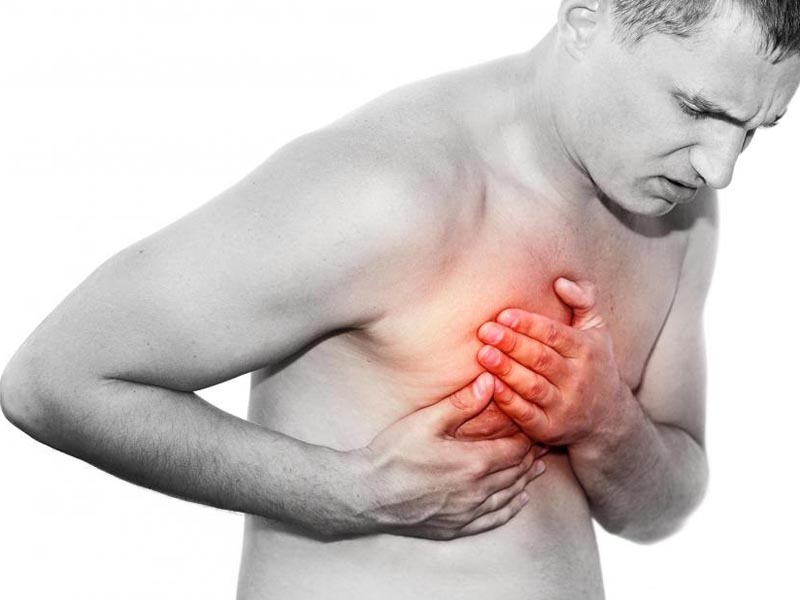TMR's picks from the leading medical journals
TMR has rummaged through the top medical journals over the past fortnight. These were our favourite research articles:
PPI protection
Proton pump inhibitors reduce the risk of warfarin-related upper gastrointestinal bleeding, with benefits the greatest in patients also taking anti-platelet drugs or NSAIDs, a study shows.
The US trial showed patients taking PPIs in combination with NSAIDs and antiplatelet agents were 24% less likely to be hospitalised with serious upper GI bleeding, the authors said.
Patients on warfarin without a PPI had 119 hospitalisations for upper GI bleeding per 10,000 person-years of treatment.
“Our findings suggest that, in practice, any adverse effect of PPI co-therapy on warfarin metabolism is outweighed by gastroprotective effects,” they wrote.
Co-prescribing a PPI with an NSAID is recommended by some Australian guidelines.
Gastroenterology 2016, December
Transition mortality link
Patients admitted to hospital at the end of a staff rotation had a significantly higher in-hospital mortality than other patients, a study shows.
The retrospective study of more than 230,000 patients at 10 Veterans Health Administration Hospitals in the US found mortality rates up to twice as high for transition patients compared with a control group.
The higher mortality rate was consistent across three types of transitions – intern only, resident only and intern to resident.
The study was conducted for admissions between 2008 and 2014 and results were adjusted to account for age, race, sex, month, year, length of stay, comorbidities and hospital.
Gonorrhoea where?
The strange case of a man with a purulent nipple piercing wound has led a Sydney GP to warn others to test for gonorrhoea in unusual places.
The 38-year-old homosexual male patient experienced several days of discomfort and presented mild retroareolar swelling and cellulitis around the site of an eight-month-old nipple piercing.
While he denied recent contact with ejaculate on the nipple, he did report vigorous oral-oral and oral-nipple contact from a casual male partner in the fortnight before.
Swabs revealed gonorrhoea infection in the piercing site, as well as in the throat.
This case highlights the need to test extra-genital sites, and that his partner’s or his own saliva may have been responsible, the authors wrote.
Sexual Health 2016; 13, 593-594
C-section rate creeps up
Caesarean rates have largely plateaued in industrialised countries, but Australia’s rate is still creeping up, according to a new study.
From 1993 to 2003, caesarean rates shot up by an average of 40%. But over the following decade countries appeared to scale back the procedure, increasing only 11% on average.
After 2008, the biggest reporters of caesarean section appeared to taper off, leaving Australia the only country with a rate of over 30% to increase by more than a single percentage point, the study found.
Six of the 21 countries in the study decreased their rates of caesarean sections in the 2008-2013 period.
Am J Obstet Gynecol 2016; online 17 November


